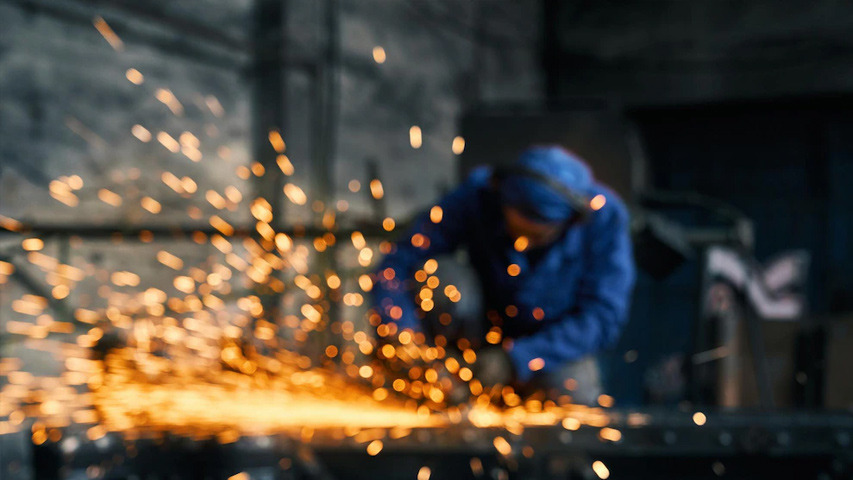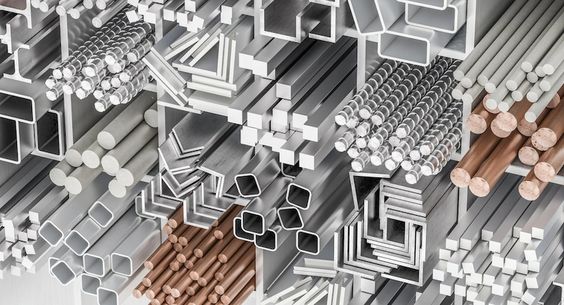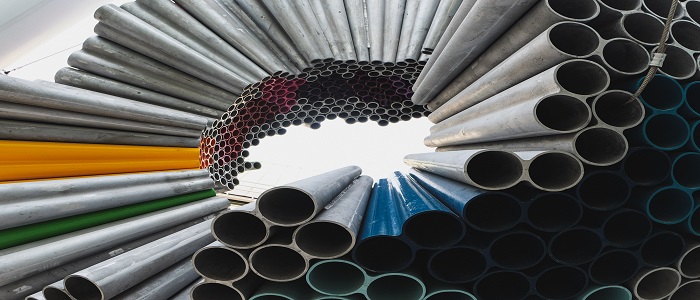You must be wearing jewellery in different designs, watching different metal accessories into simple and complex shapes. Ever wondered how they are produced? They are produced with a method called metal casting. In this blog we will discuss the meaning of metal casting, how is it done and what are the different types of metal casting processes? This method is used all around the globe in the production of goods in different shapes. We will also tell you where you can find casting metals suppliers and manufacturers. This blog is going to provide you with all the needed information regarding metal casting, so read it till the end.
What is Metal Casting?
Metal casting is defined as a process in which molten metal is poured into a mould or a cavity of the desired shape and is further solidified which forms a predefined shape. This process is widely used when needed to manufacture complex parts which cannot be manufactured by any other process. There are so many manufacturing processes used in today’s world but none are compared to metal casting. It is the oldest manufacturing process which was in practice around 5000 BC in ancient Mesopotamia and ancient Egypt. Even during the ancient days metal casting was practised. According to researchers, the casting process was used during the stone age too for making rudimentary tools. Today its application contains all areas of human requirements. Today, we have applications of metal casting in the automobile industry, the automobile engines are manufactured by metal casting, turbine blades, turbine hustings, machine tool structures and many more. You will find many metal casting suppliers in India, Asia, Europe, Asia, the USA, etc. because it is practised everywhere around the world.
Working principle of the Metal Casting Process
A sand mould with a required cavity is created. After creating the cavity, the metal is heated above its melting point which transforms into liquid. Liquid metal is then poured into a sand mould. The metal then solidifies inside the cavity of the mould and then the sand mould is broken. After breaking the sand mould, a solidified part is removed from the mould. This is the simple working principle of metal casting. This is how the metal casting manufacturers produce the desired products.
Important applications of Metal Casting
- Automobile Engines and accessories
- Aircraft Engines and Missile parts
- Machine tools and structures
- Electric motors
- Compressors
- Locomotive and parts
- Pumps and accessories
- Turbines and blades
- Art castings
- Jewellery castings
Advantages of Metal Casting
- Detailed and complicated shapes can be made using this process. Sometimes there are many complexities using the other machining process which may be difficult to manufacture such complicated shapes, but casting metal manufacturers using the metal casting process, these complicated shapes can be successfully cast.
- Various small components can be manufactured using it, so a small casting as small as a few grams can be made by metal casting. Also, the components which weigh more than tons, such products are also manufactured using the metal casting process irrespective of the size and weight which is a great advantage for manufacturing industries.
- No high tech tools or equipment are ever required for the metal casting, the only thing needed is to create a hollow cavity in compacted sand. Therefore, it is a very easy, uncomplicated and inexpensive method as no costly tools are required.
- Any material can be cast no matter if it contains iron or not, all kinds of metals can be successfully cast using this process.
- Metal casting processes experience less wastage of raw materials.
- The production rate is very high as the products that are fabricated using this technique are in high demand, so the casting process successfully produces the needed products in abundance.
Popular Metal casting processes
Die Casting
Die casting is a moulding process in which the molten or liquid metal is injected under high pressure and high velocity into a split mould die. It is also most commonly known as pressure die casting. The split mould used under this type of casting is reusable. Die casting is categorised into types mainly hold chamber and cold chamber. Hot chamber die casting is a type of die casting that uses alloys with low melting temperatures. Cold chamber die casting is a preferred manufacturing metal casting process used for metals with high melting points. It is used by the top casting metal manufacturers of India, the USA, the Middle East, Europe, etc.
Centrifugal Casting
It is the method of producing castings where molten metal is poured into a mould rapidly moving around a fixed axis. The molten metal comes into contact with the rotating mould under great pressure because of the centrifugal force. This provides a better filling of the mould. The centrifugal process is mainly used for making parts having the shape of bodies of revolutions.
Permanent Mould Casting
This refers to the tooling used to produce the castings. The moulds are usually made of high alloy iron or steel and have a production life of 100.000+ castings. The cavity surfaces of the mould are coated with a thin layer of heat resistant material. The metal moulds are then assembled. The moulds are preheated to a specific temperature and through the use of water-cooling and other techniques a great thermal balance is maintained. Molten metal is poured at the top of the mould. The metal flows into the mould cavity, after this molten metal solidifies, the mould is opened and the casting is removed. Manufacturers then get it ready and prepare it for shipping. Casting metal suppliers receive the goods and sell them to you.
Investment Casting
Investment casting comes under the expandable pattern technique which means we use expandable patterns in this type of casting and the patterns used in this are made up of wax. So, initially, to produce a wax pattern, wax is injected through the injector into the die and the wax pattern is extracted. These wax patterns are then mounted on the runner assembly. Through the pouring cup, molten metal is poured. After the runner assembly is made, it is dipped into the slurry tank three to four times. Once the desired thickness is attained, it is coated with fine ceramic grains and the shell is produced which is coated with ceramic. Afterwards, the ceramic shell is heated in order to remove the wax. All the wax is removed from the ceramic shell and the molten metal is poured into the ceramic shell and is allowed to solidify. After some time the ceramic shell is broken down with the help of vibration techniques and the final product is produced.
Enggpro is a global marketplace for engineering equipment and services that provide you with plenty of suppliers and manufacturers. These are top manufacturers from all around the globe. If you are looking for steel cast manufacturers or metal cast exporters from the USA, India, Middle East or Europe, you can visit our website and find what you need there



